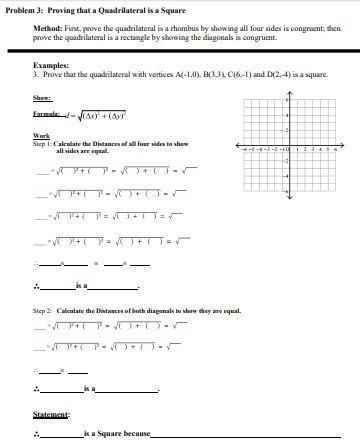
Mathematics, 14.06.2020 23:57, rania32
A charity is considering the possibility of having a benefit night at two different restaurants. The owner of the local Italian restaurant has offered to make a donation of $839 and $5 per diner that night. On the other hand, the owner of the Mexican restaurant has said he could contribute $421 plus $6 per diner. Based on the number of diners who have promised to participate in the event, it appears that each restaurant would donate the same total amount. How much would each restaurant donate? How many diners promised to participate?

Answers: 1
Other questions on the subject: Mathematics

Mathematics, 21.06.2019 17:00, theodoredenetz8316
Adifferent website gives the cost for the first train as £56.88 and the second train as £20.11 with a £9.50 charge for cycle storage for the whole trip. how much would the journey cost you?
Answers: 1

Mathematics, 21.06.2019 20:10, sawyerharper
Which expression do you get when you eliminate the negative exponents of 4a^2 b^216a^-3 b
Answers: 3

Mathematics, 21.06.2019 20:30, cld3331
Merrida uses a pattern in the multiplication table below to find ratios that are equivalent to 7: 9. if merrida multiplies the first term, 7, by a factor of 6, what should she do to find the other term for the equivalent ratio? multiply 9 by 1. multiply 9 by 6. multiply 9 by 7. multiply 9 by 9.
Answers: 1

Mathematics, 21.06.2019 21:30, gonzalezashley152
In a test for esp (extrasensory perception), the experimenter looks at cards that are hidden from the subject. each card contains either a star, a circle, a wave, a cross or a square.(five shapes) as the experimenter looks at each of 20 cards in turn, the subject names the shape on the card. when the esp study described above discovers a subject whose performance appears to be better than guessing, the study continues at greater length. the experimenter looks at many cards bearing one of five shapes (star, square, circle, wave, and cross) in an order determined by random numbers. the subject cannot see the experimenter as he looks at each card in turn, in order to avoid any possible nonverbal clues. the answers of a subject who does not have esp should be independent observations, each with probability 1/5 of success. we record 1000 attempts. which of the following assumptions must be met in order to solve this problem? it's reasonable to assume normality 0.8(1000), 0.2(1000)%30 approximately normal 0.8(1000), 0.2(1000)% 10 approximately normal srs it is reasonable to assume the total number of cards is over 10,000 it is reasonable to assume the total number of cards is over 1000
Answers: 1
Do you know the correct answer?
A charity is considering the possibility of having a benefit night at two different restaurants. The...
Questions in other subjects:

Mathematics, 11.09.2020 03:01

Physics, 11.09.2020 03:01

Mathematics, 11.09.2020 03:01

Spanish, 11.09.2020 03:01

History, 11.09.2020 03:01

Biology, 11.09.2020 03:01

Social Studies, 11.09.2020 03:01

Mathematics, 11.09.2020 03:01

Mathematics, 11.09.2020 03:01

English, 11.09.2020 03:01







